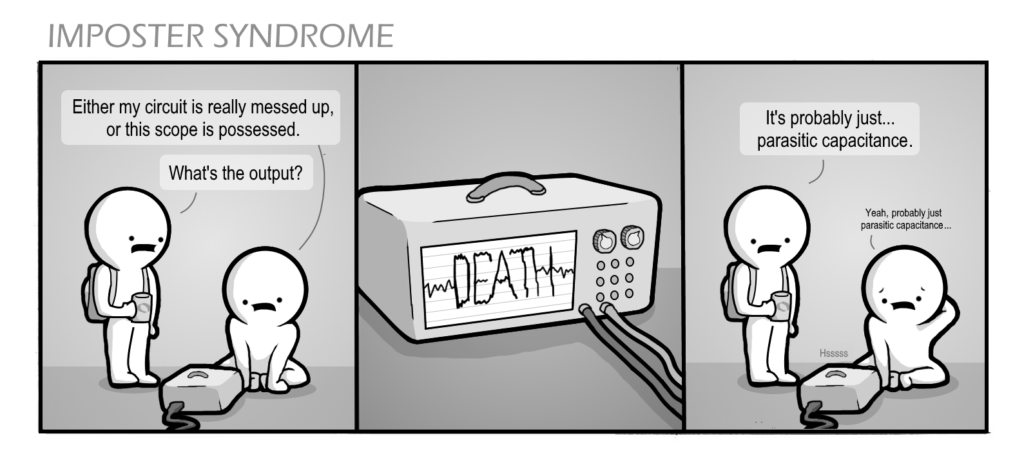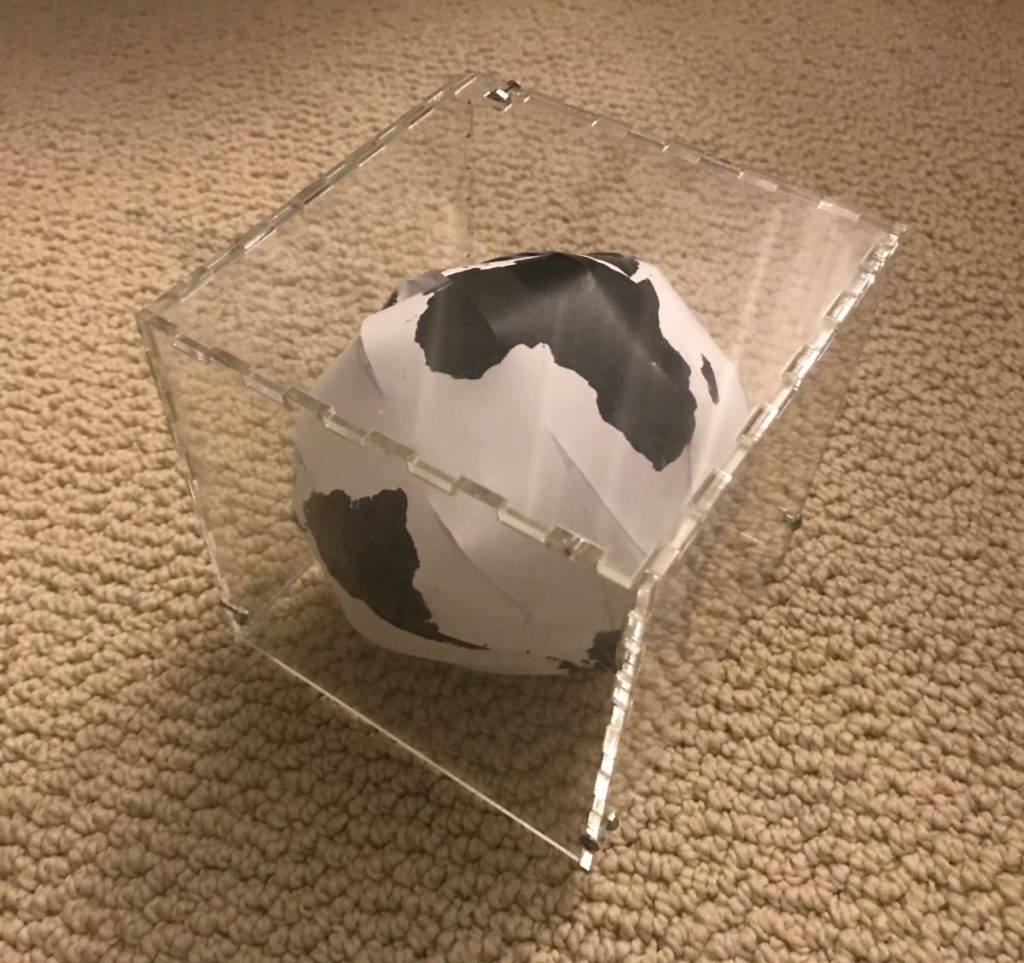The Democratic and Republican Parties sit on opposite ends of an ideological spectrum, but on a deeper, more fundamental level, they are in fact quite similar. At least, this is what is commonly assumed.
The problem with this assumption is that it’s wrong. Beyond policies and partisanship, these two parties are radically different in what drives them and how they operate. Understanding how Democrats and Republicans differ beyond their overt partisan leanings is crucial to understanding modern American political workings.
In their pioneering book Asymmetric Politics, political scientists Matt Grossman and David Hopkins put forward two definitions for the Democratic and Republicans parties. They define the Republican Party as centered around ideology and the Democratic Party as centered around group interests.
Understanding both parties starts with looking at their voter demographics. The voting base for the Republican Party is primarily white, with strength largely coming from men, older voters, and/or the non-college-educated.
The key factor when understanding the deeper workings of the Republican Party is not its actual demographics but the level of homogeny among its voters. The majority of Republicans (70%) identify as conservative, and they all share a common conservative ideology: the broad ideas of limited government, traditional values, and opposition to liberalism. Yes, all of these ideas are quite fuzzy, but this makes it easier for conservatives to unite behind them.
This shared idea of conservatism is the primary driving force of the Republican Party. Ideological purity and ideological victory are the main goals of the party. The clearest manifestation of this is the persistent strength of the ultra-conservative Tea Party.
Arising in 2009 in opposition to Obama’s early economic policies, the group turned heads when they forced a government shutdown in opposition to the Affordable Care Act, or as it’s more commonly known, Obamacare. The goal of the Tea Party, both in this shutdown and in a wider frame, is to remain true to conservatism, especially on economic policy, at all costs. Compromise in any form is unacceptable to them. Even now, a decade later, the Tea Party is a potent force in the Republican Party.
In contrast to the Republican Party, the Democratic Party is defined by an increasingly diverse set of voters. Often referred to as “the Obama coalition,” the party is supported by various groups such as people of color, organized labor, the LGBTQ community, the youth, and increasingly women. These groups do not share a uniting liberal ideology the same way conservatives do (only 44% of Democrats identify as liberal); instead, the Democratic Party is driven by coalition politics. Each group has a distinct set of policy initiatives that they want to pass, and they work together to accomplish all of them. The Democratic Party serves as the framework that unites these disparate groups.
Whereas the Tea Party is a dominant force in the Republican Party, no similar group has emerged in the Democratic Party. Even with the election of Donald Trump and the increasing level of polarization in American politics, Democrats remain on average more moderate and less ideological than their Republican counterparts. A 70-year-old African-American Christian woman in Atlanta does not want the same thing as a 30-year-old white hipster in New York. A first generation Mexican-American in Dallas does not want the same thing as a gay Asian-American in Seattle.
The Democratic Party is not bound together ideologically the same way the Republican Party is. Rather than seeking a broad ideological victory, Democrats focus more on specific policy initiatives, working to accomplish them even if it means compromising. By working towards these specific policies, whether it is prison reform, banking regulations, or LGBTQ protections, Democrats hold together a diverse coalition.
This divide in the political parties did not appear from nothing. It was driven, in part, by American voters. When polled on broad ideological questions, the average American voter falls slightly to the right of center. However, when polled on specific policies, the average American voter falls slightly left of center. For example, most Americans believe that the size of government should be limited, but when asked about specific policies, they will often choose policies that expand the size of government, in direct contradiction to their previous answer. In order to remain electorally viable, it is logical that the two major political parties represent this cleavage in American voters. Thus, Republicans focus on broad ideological statements while Democrats focus on narrow policy discussions.
These fundamental differences between America’s two dominant political parties are vitally important to understanding how these parties act today and what their futures might look like. One could point to more recent events to suggest that this dynamic is changing. Democratic 2020 candidates are rushing to support positions once considered far left, and Donald Trump is definitely not an ideological purist, but we should not read too much into these. The majority of registered democrats/democratic-leaning registered voters want to see their party move in a more moderate direction. Meanwhile, Republicans accept Trump as a ‘deal with the devil’, but a surprising amount don’t even want to see him on the 2020 ticket (although to be clear the chance of Trump not winning the 2020 Republican primary is basically nil).
Next month, we will be looking at what exactly demographic change in America looks like, and how voters react to it. Once we have that established we will come back and take an in depth look at both the Republican and Democratic Parties to see how these fundamental values we just talked about might be affected by demographic change.


